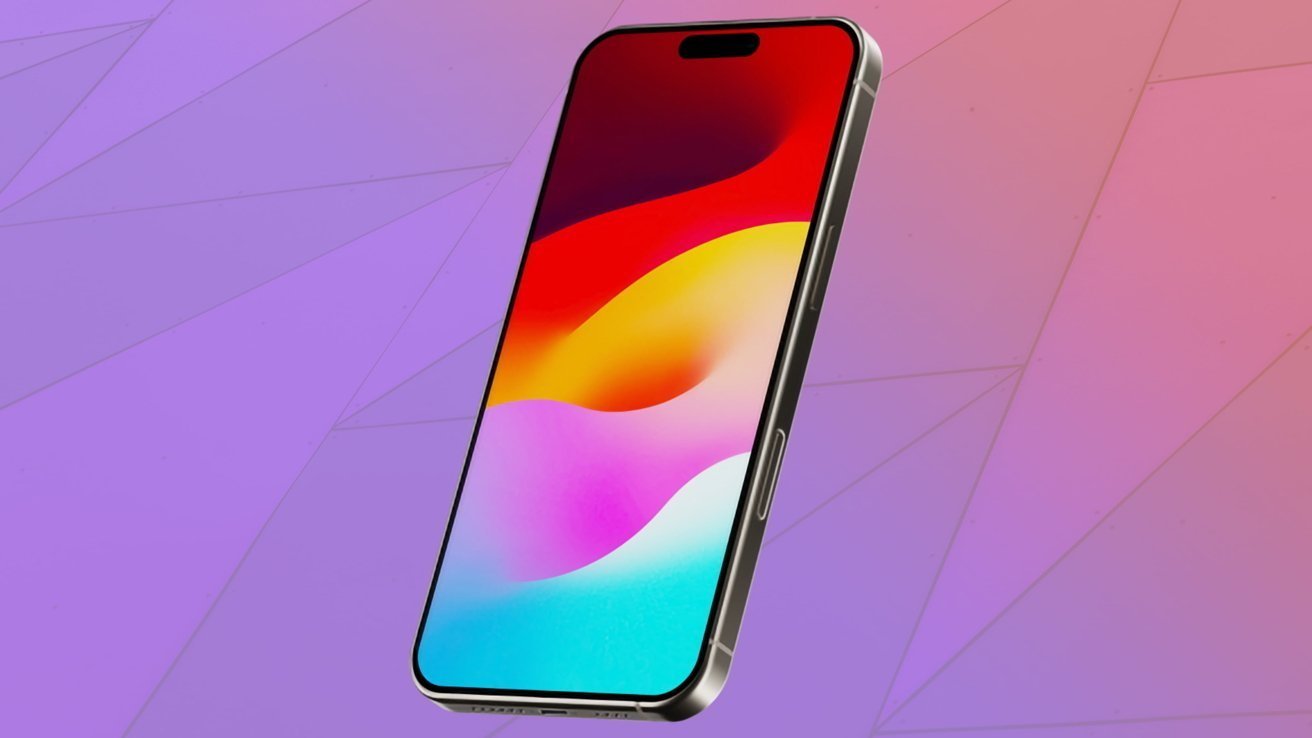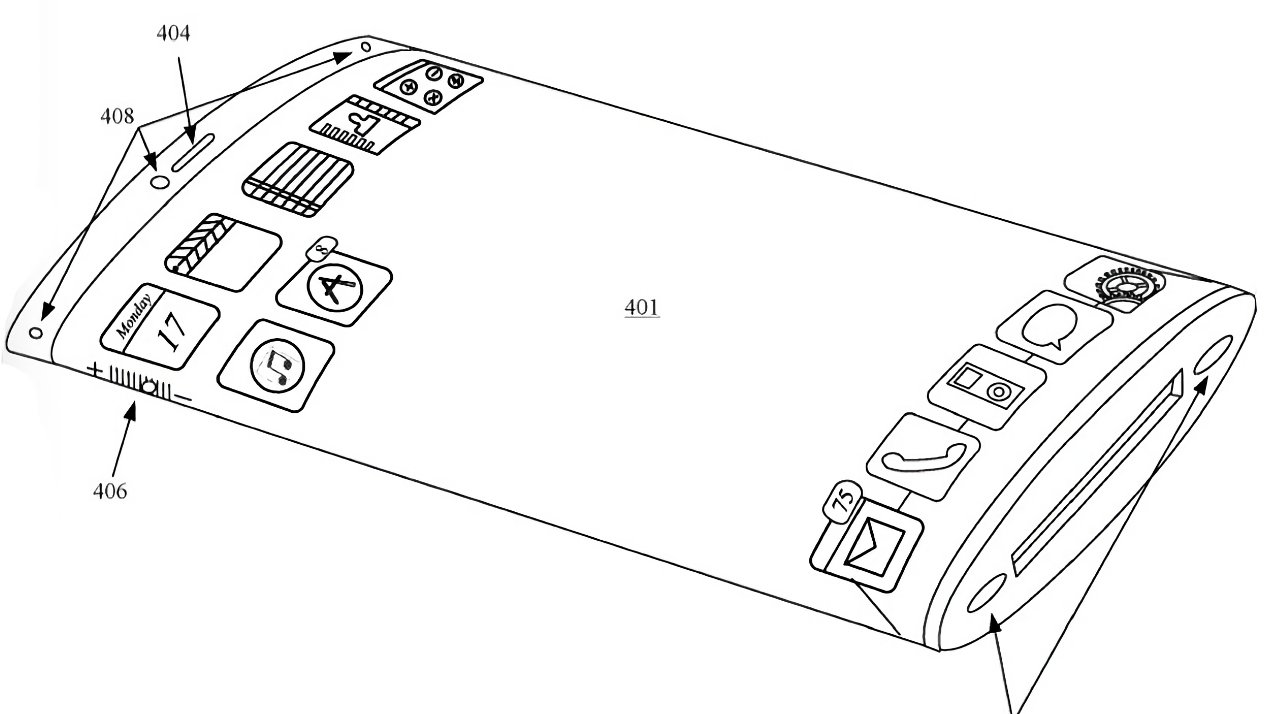In a strategic organizational shift, Apple has transferred its clandestine robotics division from the oversight of AI chief John Giannandrea to the hardware engineering department led by Senior Vice President John Ternus. This move comes in response to ongoing delays and underperformance in Apple’s artificial intelligence initiatives, particularly concerning the development of Siri.
The robotics team, previously operating under the AI division, is now integrated into the hardware engineering sector. John Ternus, who supervises the engineering of major Apple products such as the iPhone, iPad, Mac, and Vision Pro, will now oversee the robotics projects. This restructuring marks the second significant internal change within Apple in recent weeks.
In March, Apple reassigned the Siri voice assistant team away from Giannandrea’s leadership, indicating a shift in confidence regarding his management of product execution.
Robotics Projects Under New Leadership
The robotics division has been engaged in developing AI-driven hardware, including a tabletop robot equipped with a mechanical limb and exploring long-term goals for mobile telepresence devices. Kevin Lynch, a seasoned Apple executive with experience managing Apple Watch software and the discontinued self-driving car project, currently leads this unit.
By placing the robotics team under Ternus’s leadership, Apple aims to consolidate its smart hardware and robotics efforts. Ternus’s team already manages smart home and robotics-related hardware, and this integration provides him with greater influence over the development of Apple’s next generation of AI-integrated devices.
Implications for the AI Division
This decision highlights internal dissatisfaction with the AI and machine learning group. Giannandrea, who was initially brought in to unify and advance Apple’s machine learning strategy, has seen a significant number of engineers transition to other divisions. His group has faced criticism for slow progress and internal challenges, particularly concerning Siri and the underwhelming Apple Intelligence platform.
According to reports, Apple executives believe that Ternus is better positioned to manage hardware-infused AI innovation. Some within the company view him as a potential future CEO, with the robotics shift potentially setting the stage for broader leadership changes.
Despite the restructuring, Giannandrea remains responsible for core AI research and model development. The changes allow his team to focus on foundational technologies that support Apple’s long-term AI strategy. However, internally, there is speculation that Apple may eventually dismantle the central AI and machine learning organization established under his leadership.
These changes reflect Apple’s urgency to catch up in the AI sector, an area where it lags behind competitors like Google and OpenAI. With AI reshaping consumer technology, Apple is under pressure to not miss another transformative wave, especially after abandoning its car project and falling behind in the smart home market.



